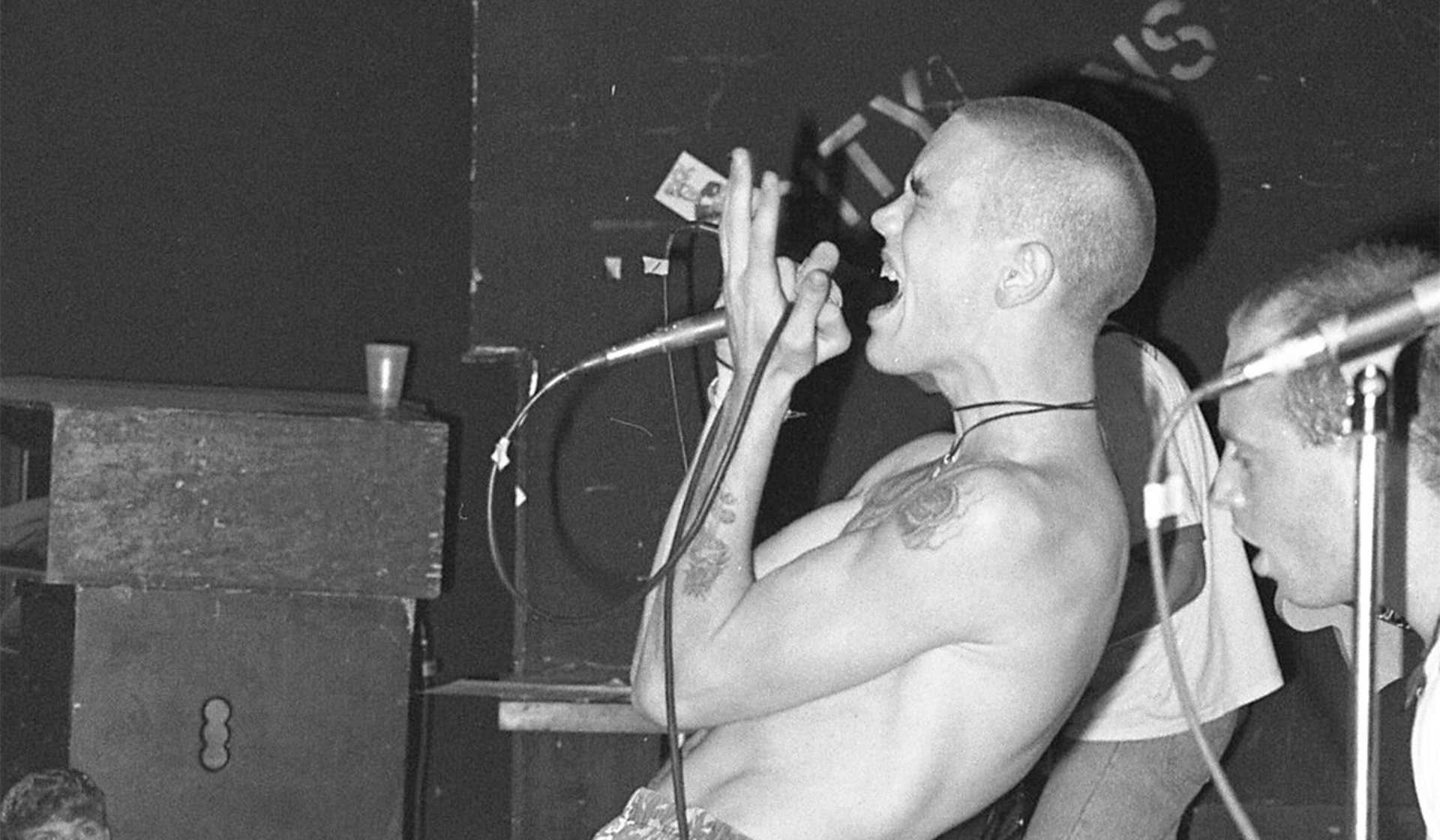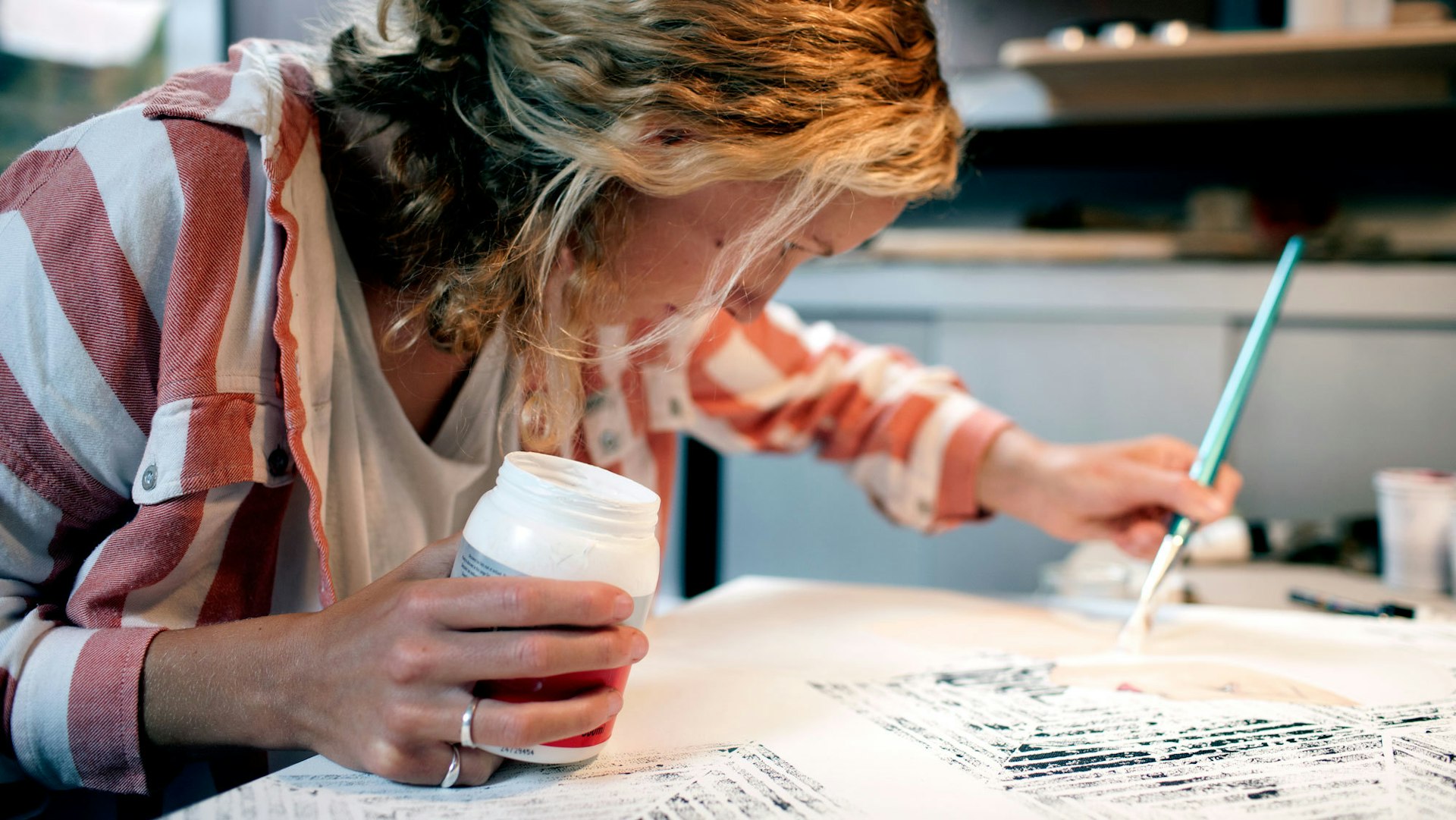
Ken Salerno
- Text by Alex King
- Photography by Ken Salerno
Steve Tozzi’s recent documentary Riot on the Dance Floor pieced together the story behind iconic New Jersey venue City Gardens, but that story would have been almost impossible to tell without the photography of Ken Salerno. Salerno was deep in the mosh pit with his camera until the venue shut its doors in 1994 and captured some priceless moments of musical history. Huck spoke to Ann and Jon Coen who are presenting the first retrospective of Ken Salerno’s work in an exhibition at their Long Beach Island gallery.
How did the Ken Salerno show come about? What do you like about his photography and why did you chose to celebrate his work in this exhibition?
Jon Coen: The show came about because of the Lighthouse Film Festival. It documents the legendary punk club, City Gardens and promoter, Randy Now. The photo show is a collection of Ken Salerno’s images from the film Riot on the Dance Floor, by Steve Tozzi, which is playing at the Lighthouse Film Festival here on Long Beach Island. Salerno put in so much time shooting those shows, traveling with skaters, developing his own film, and submitting to Thrasher Mag back in the 80s and 90s. And Tozzi basically dedicated the last four years of his life to documenting City Gardens. They did all the work. All we’re doing is opening our doors and putting out some beer. Ha.
But it is perfect timing. Long Beach Island is an amazing place for surfing and fishing, and all sorts of outdoors stuff. But we have no real punk scene or culture. The venues here just book the same cover bands every summer for 20 years. So we feel very fortunate that something from our subculture is coming here for a change instead of us traveling an hour or two to go to a punk show. I only went to a handful of shows at City Gardens before it closed in ’94, but it’s used as a point of reference for everyone and every band I respect.
We’ve known Ken for years through mutual friends. He’s known as ‘The Pope,’ in the New Jersey scene. He started shooting surfing first, so we were always interested in that. He used to travel to the same island in the Caribbean that we go to in the winter. So we have all these circles and friends in common. We just moved on the opportunity to host the show.
What is the story of the exhibition? Is there a narrative tying all the images together?
Ann Coen: The exhibition is really the story of Ken’s documentation. He was there, he was in it. Just shooting everything. It was before any kind of social networking or iPhones, which makes it even more interesting. No one knew they were getting their photo taken, and if they did they never thought about where it was going. They were just in this scene and expressing themselves. And Ken documented it…
Can you describe some of your favourite pieces from the show?
Jon: The thing about Salerno, and he and I just talked about this yesterday, was that he would get a general focus and then shoot the moment – not necessarily the performer. So, his trademark has kind of become the band and the crowd. And City Gardens was very much known for very visceral performances where the crowd and band completely totally fed off each other. When you look at some of these photos, you see the singer or the bass player, but you also see the faces up front, which tell so much more of the story. I personally love the shot he has of Ian McKay the day they shot his interview, simply because McKaye is the idealist we can all strive to be more like. I love the skate deck images of HR and Ray Cappo of Shelter too. Ken also has a slideshow of his work that includes surfing images going back to the 60s. I’m not sure that all the City Gardens heads will appreciate that, but it’s something I love talking about with him.
As curator, what were the challenges in selecting the images that would best represent Ken’s amazing career?
Ann: Ken has so many photos! It is unreal! We really left it up to him to show the pieces he thought were the best and spoke the loudest. And I truly think he did a great job of that.
What drew you to the gallery space?
Ann Coen: The space is perfect really. In a great spot of LBI and there is so much opportunity there. People who never even heard of this scene are going to be exposed to it and I love that.
What do you hope viewers took away from the exhibition? Some sort of feeling?
Jon: First and foremost, I want people to leave with the respect for a guy – he won’t let us call him an artist, ha – who put in his time to really document so much of the underground. The funny thing is that he has these shots of Green Day before Dookie blew up. But its not like he went on and shot Green Day on their next arena tour. He just went to the place in Asbury Park or New Brunswick where Vision and Underdog were still playing. And of course, an appreciation for Randy Now and Steve Tozzi, who are the kind of people that make things happen.
What’s the future for the gallery?
Ann: We do have a show coming up in July featuring Julie Goldstein of Cardiff, CA. Originally from Harvey Cedars NJ. She does amazing woodcuts and will be showcasing her new collection on July 11. Very excited to be able to bring a few solid shows a year to LBI.
Ken Salerno: Caught in the Act opens at the Ann Coen Gallery, Long Beach Island, Saturday, June 7.
